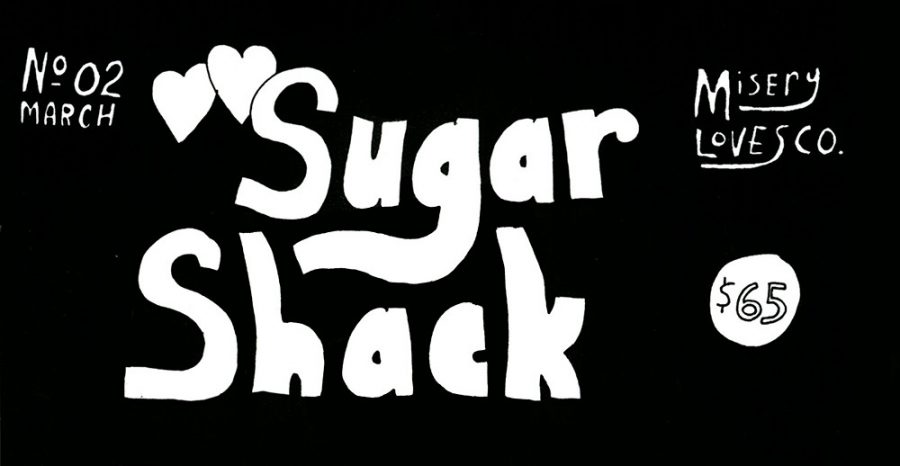While watching The Passion of the Christ I had to remind myself that I was viewing a film and not a documentary of Roman torture methods. This film, directed by Mel Gibson, was the most brutal and grotesque film that I have ever seen. It surpasses all war movies, including Saving Private Ryan, in gore. So, if Gibson’s intension for this film was to get a strong public reaction to the inhumanity of crucifixion, they he has succeeded.
This film uses subtitles to translate from the Hebrew and other languages used by the actors. This is the one strong point of the film. The people of this part of the world, during which the story is set, would have used these languages. However, there is not an extensive amount of dialogue in the film. The powerful soundtrack takes the place of words in this film, so that the grunts and groans of a dying Jesus of Nazareth are set to music. This is especially the case in the fifteen to twenty minute scene of Jesus being whipped by the Romans in front of a crowd. Flesh being torn from his back and a river of blood running out of his body and pooling on the stone ground sums up the scene. Then he is flipped over, and you see the whips and torture instruments tearing apart the front of his body.
The film is a continuous display of suffering and various types of torture. However, there are a few brief flashbacks of the Last Supper and Jesus washing the feet of the Apostles. It is mostly in these flashbacks that the actors actually speak. The film is structured as following: twenty minutes of beatings and pain, forty-five seconds of back story, thirty minutes of torture, and a glimpse of Pontius Pilate feeling guilty.
Gibson focuses on Pilate’s role in the crucifixion of Christ. The Hebrew holy men take Jesus to Pilate so that he will sentence him to death, but Pilate refuses. After King Herod also refuses, he is taken back to a hesitant Pilate. After the whipping scene Pilate is forced to concede to the wishes of the Hebrews and the roaring crowd, so he gives the orders for the crucifixion. It was interesting how Gibson made Pilate seem like more or less of a good character and transferred most of the blame to the holy men.
By the time the crucifixion scene occurred at the end of the movie, I did not think that it could become viler. I was wrong. Though I usually do not have a problem sitting through violence in movies, I had to advert my eyes a few times. The nails that are used to nail Jesus to the cross are more like railroad spikes than nails. Then, just to make sure that he is dead, a Roman soldier spears Jesus through the abdomen spewing blood like rain all over the remaining bystanders. Leave it to Gibson to turn a bloody biblical story into massive profits at the box-office.




















